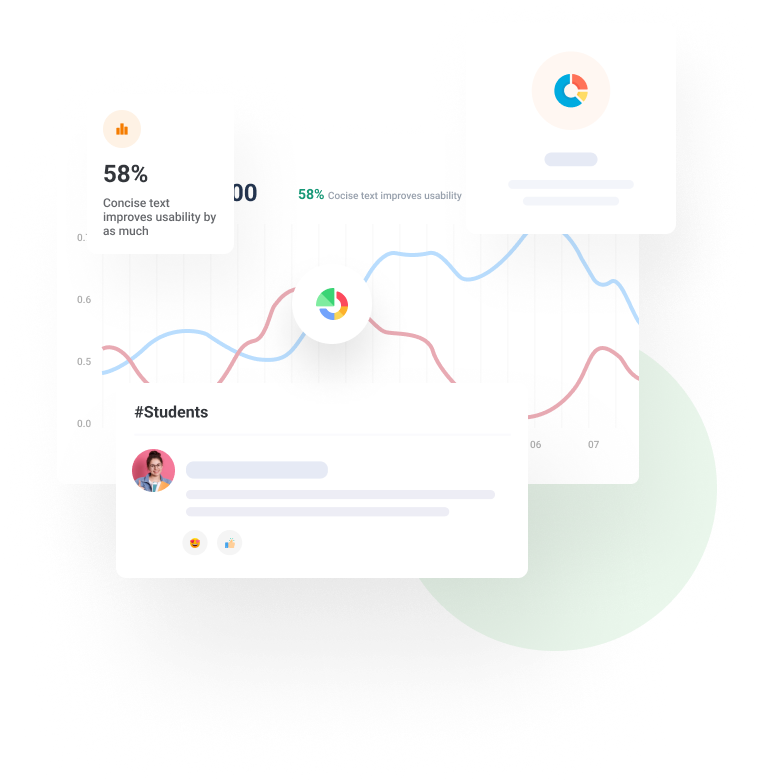Why Cay Horstmann Thinks Now is a Great Time for Interactive Materials
Computer science higher education has experienced a technical transformation. Innovative tools, such as interactive textbooks and digital course platforms, are helping to drive success for this generation of students. In many ways, it’s a great time for students, authors, and professors. But for higher ed instructors, this transition also brings new teaching challenges. How can university and college educators engage with and inspire their programming students through virtual lectures? We connected with Dr. Cay Horstmann, author and professor of computer science, to discuss teaching in a digital world.
Why Cay Horstmann says now is a great time for interactive materials for students, authors, and professors
For students
A textbook is a tool. Students want to read just what they need, jump around, and come back to specific sections — which keeps them moving through the material while staying motivated. With interactive material, students can instantly assess what they have learned and where they still need to put in work. You don’t have to take our word for it — students are voicing the value of immersive content. Of students responding to the Spring 2021 zyBooks Student Survey, 85% shared that zyBooks’ participation activities, learning questions, auto-graded challenges, and descriptive animations helped them learn.
For authors
In the past, Dr. Horstmann relied solely on the conviction of his words to carry students along. But that worked only if students actually read the material. Now, he can help students by designing activities. Dr. Horstmann includes hundreds of interactive programming activities in the newest version of his award-winning Big Java Late Objects, now available on the zyBooks platform.
For professors
In the past, there were only books. Now, technology, tools, and digital course platforms enable professors to better understand where students are succeeding or struggling. Dr. Horstmann recommends referencing your class’s reading analytics to see whether students found the reading easy or challenging.
Cay Horstmann’s 3 tips for teaching computer science in “the Zoom age”
1.Talk about what excites you
When lecturing for a digital online course, it’s more important than ever to discuss the things that excite you as a computer scientist to inspire and engage your students. For Dr. Horstmann, these are topics like algorithms and design vs syntax.
2. Assign pre-class reading
This is key to focusing on exciting topics in class. When students learn the basics by reviewing the material in advance, they get to dive straight into the engaging, more complex topics in class and improve student engagement during virtual classes.
3. Leverage innovative technology
To ensure your students complete pre-class reading, leverage technology, such as the zyBooks gradebook, which allows you to require participation, track individuals’ successes, and understand overall student engagement. These abilities, ultimately, help you plan your virtual presentations.
 About Dr. Cay Horstmann
About Dr. Cay Horstmann
Dr. Cay Horstmann received a master’s degree in computer science from Syracuse University and a Ph.D. in mathematics from the University of Michigan in Ann Arbor. He taught computer science at San Jose State University for almost 30 years and held visiting appointments at universities in Germany, Switzerland, Vietnam, and Macau. He also served as a vice president and chief technology officer of a startup company. Dr. Horstmann authors books and develops online courses for beginning and professional programmers.







